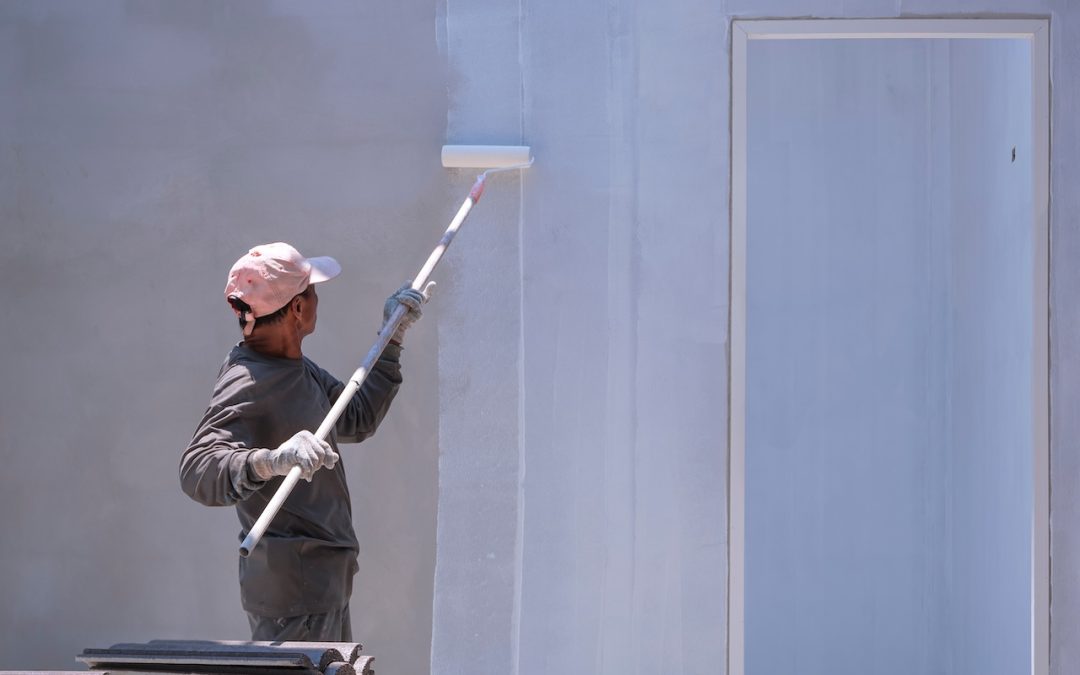Many homeowners mistakenly believe that painting in the winter is impossible. While it’s true that cold temperatures and inclement weather can present challenges, the reality is that any season can bring unpredictable conditions that can impact painting. The key lies in partnering with experienced painters who understand how to work around these obstacles, regardless of the time of year.
Common Winter Paint Problems:
- Peeling and Cracking: Extreme temperature fluctuations can cause paint to contract and expand, leading to cracks and peeling.
- Fading: Prolonged exposure to sunlight, even in winter, can cause paint to fade prematurely.
- Mold and Mildew Growth: Moisture trapped under snow or ice can create the perfect environment for mold and mildew to thrive.
- Ice Dams: Ice dams can form on roofs, causing water to back up and seep into your home, potentially damaging the exterior paint.
Tips for Protecting Your Paint Job in Winter:
- Proper Preparation is Key: Ensure your home’s exterior is properly prepared for winter. This includes:
- Gutter Cleaning: Clean out gutters to prevent ice dams and water damage.
- Trim Trees and Shrubs: Remove any branches that could scrape against your siding during snowstorms.
- Seal Cracks and Gaps: Seal any cracks or gaps in your siding to prevent moisture intrusion.
- Choose the Right Paint: Use high-quality, exterior-grade paint that is formulated to withstand harsh winter conditions. Look for paints with excellent adhesion and durability in cold temperatures.
- Regular Inspections: Regularly inspect your home’s exterior for any signs of damage, such as peeling paint, cracks, or mold growth.
- Professional Help: If you notice significant damage to your paint job, consider contacting a professional painting contractor like Fillo Painting & Exteriors. Our experienced painters understand the unique challenges of painting in the winter and have the expertise to ensure a high-quality finish, regardless of the season. We use specialized techniques and materials, such as heat lamps and moisture barriers, to overcome the challenges of cold weather and ensure your paint job lasts.
Important Note: Most paint manufacturers recommend against painting when temperatures fall below 35°F.
If temperatures are expected to rise above 35°F by mid-morning, experienced painters can often create ideal conditions for painting in the winter by utilizing techniques such as:
- Utilizing heat lamps: These can help to warm the surface of the substrate and the surrounding air, allowing the paint to dry more quickly and efficiently.
By taking these precautions and partnering with experienced professionals, you can ensure your home’s exterior remains protected and beautiful throughout the winter months.

